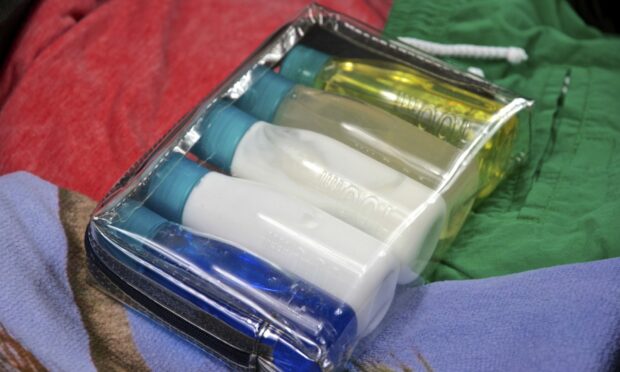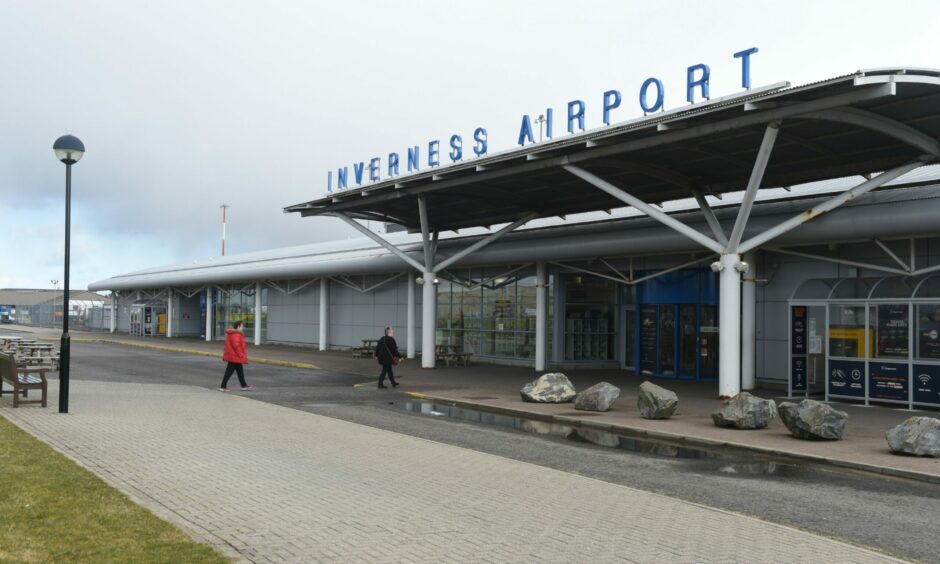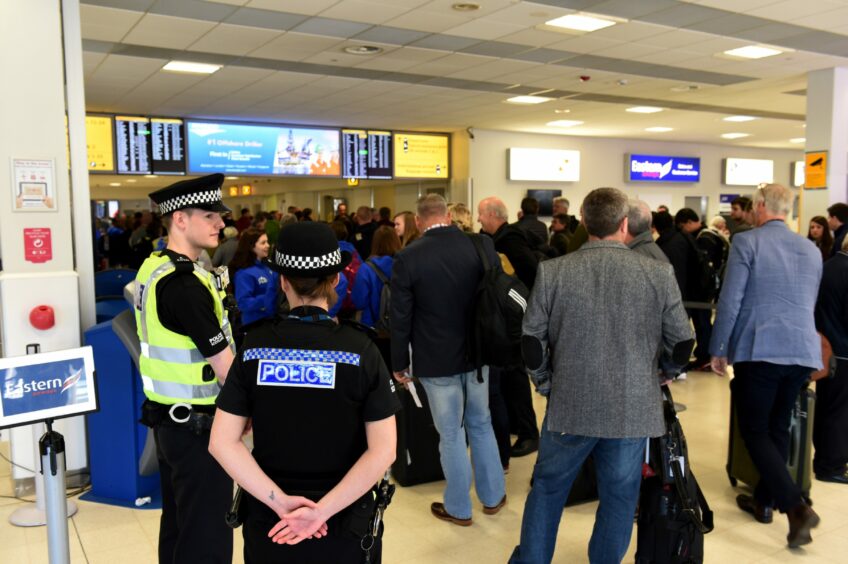While UK airports implement new technology eliminating restrictions on liquids, airports in the Highlands and Islands will continue the 100ml rule.
This week London City Airport installed new scanners which detect “good” and “bad” liquids within hand luggage.
Therefore, limitations on liquids in the cabin, strictly enforced since 2006, can be loosened.
The 100ml rule on liquids like shampoo and perfume was implemented following a failed plot to bring explosives onto planes hidden in drinks bottles.
Travellers out of London City can now carry up to two litres in hand baggage and it has set a precedent for other airports to adopt the same technology.
The UK Government has given a deadline of June 2024 for UK airports to adopt technology such as C3 scanners which take high-resolution 3D images of bags.
A relatively small airport London City has been swift in implementing the technology, however, much larger airports like Heathrow says the process for them was “always going to be complex and take longer”.
While some airports are introducing scanners on a gradual basis, Highlands and Islands Airports Ltd (Hial) confirmed they do not plan to adopt the technology.
‘The 100ml rule will continue to be operational’ at Hial airports.
Hial operates 11 airports, including Inverness, Kirkwall, Sumburgh and Stornoway, with flights to places like Edinburgh, London and even Amsterdam.
They say that due to their status as a regional airport operator, they are exempt from legislation requiring 3D scanners at their airports.
A Hial spokesman said: “The requirement for this security technology to be introduced at all major airports by 2024 does not apply to Hial.
As a regional airport group, all Hial airports are exempt from the legislation requiring the implementation of 3D Scanners.
“Therefore, the 100ml rule will continue to be operational when flying from our airports.
“However, as part of our ongoing investment in security processes to improve the passenger experience, we will explore the introduction of this type of technology over the next few years.”
AGS Airports, which runs Aberdeen Airport, did not give specifics but said the technology would be adopted.
A spokesman for AGS Airports said: “Our airports will meet the new requirements set by the UK Government ahead of the required deadline to ensure our passengers continue to receive the highest standards in security.”
A Department of Transport spokeswoman said: “The safety and security of the travelling public is always our highest priority, and we have some of the most robust aviation security measures in the world.
“Although smaller airports may choose whether to install this new 3D technology, their security standards will continue to be as high as those at larger airports.”



Conversation